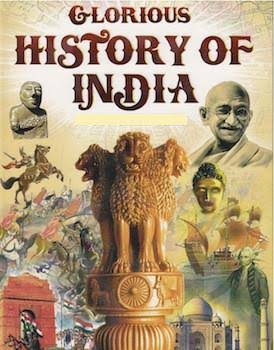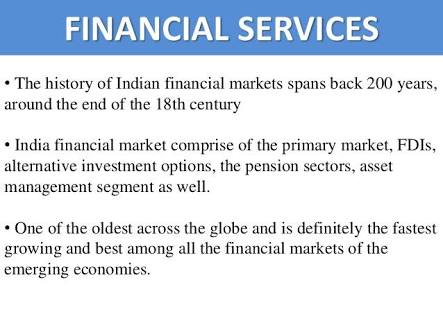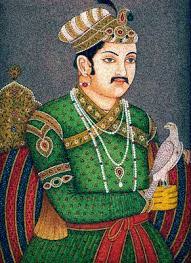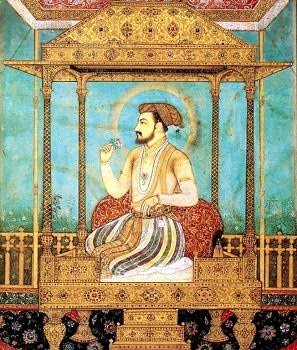History of India
.jpg)
History of India
History of IndiaIndia is a place where there is antiquated development. India's social, monetary, and social setups are the results of a long procedure of local extension. Indian history starts with the introduction of the Indus Valley Human progress and the happening to the Aryans. These two stages are normally depicted as the pre-Vedic and Vedic age. Hinduism emerged in the Vedic period.
The fifth century saw the unification of India under Ashoka, who had changed over to Buddhism, and it is in his reign that Buddhism spread in many parts of Asia. In the eighth century Islam came to India out of the blue and by the eleventh century had solidly settled itself in India as a political power. It came about into the arrangement of the Delhi Sultanate, which was at long last prevailing by the Mughal Domain, under which India by and by accomplished an extensive measure of political solidarity.
It was in the seventeenth century that the Europeans came to India. This concurred with the breaking down of the Mughal Realm, making ready for local states. In the challenge for matchless quality, the English developed 'victors'. The Disobedience of 1857-58, which looked to reestablish Indian matchless quality, was pounded; and with the ensuing delegated of Victoria as Ruler of India, the fuse of India into the realm was finished. It was trailed by India's battle for freedom, which we got in the year 1947.
India Course of events
.jpg)
Indian course of events takes us on an excursion of the historical backdrop of the subcontinent. Ideal from the antiquated India, which included Bangladesh and Pakistan, to the free and partitioned India, this course of events covers every last perspective identified with the past and also present of the nation. Read on further to investigate the course of events of India.
Financial History of India
.jpg)
Indus valley human advancement, which prospered between 2800 BC and 1800 BC, had a progressed and thriving monetary framework. The Indus valley individuals rehearsed farming, trained creatures, made devices and weapons from copper, bronze and tin and even exchanged with some Center East nations.
Medieval Indian History
.jpg)
After the demise of Harsha the Rajputs became a force to be reckoned with on the political skylines of North India. The Rajputs were known for their boldness and valor yet family fights and solid thoughts of individual pride frequently came about into clashes. The Rajputs debilitated each other by consistent wrangling.
Akbar
.jpg)
Head Akbar, otherwise called Akbar the Incomparable or Jalaluddin Muhammad Akbar, was the third sovereign of the Mughal Domain, after Babur and Humayun. He was the child of Nasiruddin Humayun and succeeded him as the sovereign in the year 1556, when he was just 13 years of age.
Shah Jahan
.jpg)
Shah Jahan, otherwise called Shahbuddin Mohammed Shah Jahan, was a Mughal Sovereign who managed in the Indian Subcontinent from 1628 to 1658. He was the fifth Mughal ruler, after Babur, Humayun, Akbar and Jahangir. Shah Jahan succeeded the position of authority in the wake of rebelling against his dad, Jahangir.
Chhatrapati Shivaji
.jpg)
Chatrapati Shivaji Maharaj was the organizer of the Maratha Domain in western India. He is thought to be one of the best warriors of his opportunity and even today, stories of his adventures are described as a piece of the fables. Lord Shivaji utilized the guerrilla strategies to catch a piece of, the at that point, predominant Mughal domain.
Old India
.jpg)
The Historical backdrop of India starts with the Indus Valley Progress and the happening to the Aryans. These two stages are for the most part portrayed as the pre-Vedic and Vedic periods. The most punctual abstract source that reveals insight into India's past is the Apparatus Veda. It is hard to date this work with any exactness on the premise of custom and uncertain galactic data contained in the psalms.
Present day Indian History

Amid the late sixteenth and the seventeenth Hundreds of years, the European exchanging organizations in India rivaled each other brutally. By the last quarter of the eighteenth Century the English had beaten all others and built up themselves as the overwhelming force in India. The English controlled India for a time of around two centuries and realized progressive changes in the social, political and the monetary existence of the nation.